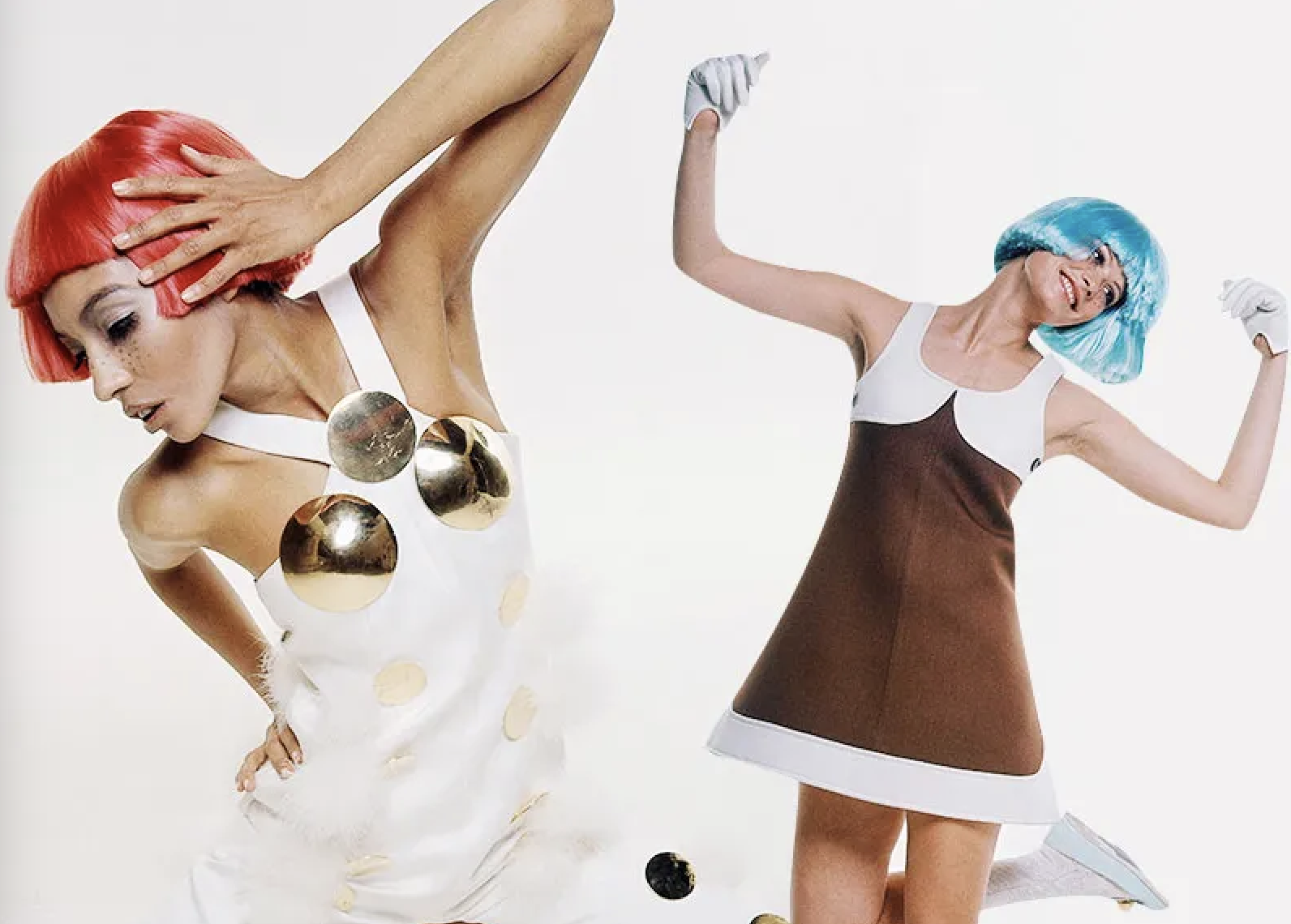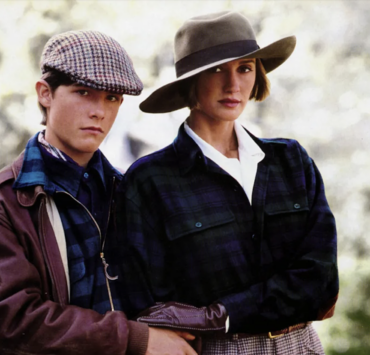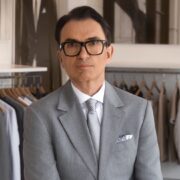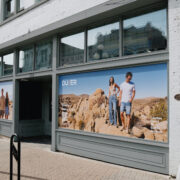Top 11 Iconic Fashion Designers of the 1960s
The fashion of the 1960s was a vibrant tapestry of bold designs, colorful patterns, and innovative materials.

RETAILBOSS provides well-curated, research-driven news and insights into the trends…
The fashion of the 1960s was a vibrant tapestry of bold designs, colorful patterns, and innovative materials. Designers like André Courrèges and Pierre Cardin pushed the boundaries of fashion, inspired by social movements, technological advances, and a newfound desire for self-expression. The decade's trends reflected the dynamic cultural shifts and the spirit of experimentation that defined the era.
Fashion from the 1960s remains influential, with many modern designers drawing inspiration from this transformative period. The fusion of form, function, and fun that characterized the ’60s enabled a diverse range of styles to coexist and evolve, from the polished elegance of tailored suits to the playful irreverence of mini-skirts and vibrant patterns. Let's explore the top fashion designers of the 1960s era and modern fashion trends they popularized.
Top Fashion Designers of the 1960s
| Designer | Contributions |
|---|---|
| 1. André Courrèges | Space Age fashion, futuristic designs, vinyl, synthetics, geometric shapes |
| 2. Pierre Cardin | Avant-garde style, synthetic fabrics, space-age aesthetic, minimalist lines |
| 3. Anne Klein | Practical elegance, introduced separates, mix-and-match wardrobe staples |
| 4. Geoffrey Beene | Impeccable tailoring, fluid silhouettes, unconventional fabrics and patterns |
| 5. Halston | Minimalist chic, luxurious materials (cashmere, ultra-suede), elegance |
| 6. Rudi Gernreich | Bold designs, innovative knitwear, monokini, androgynous styles |
| 7. Emilio Pucci | Kaleidoscopic prints, vibrant colors, lightweight silk dresses |
| 8. Emanuel Ungaro | Refined elegance, bold colors and prints, intricate draping |
| 9. Valentino | Luxurious red-carpet gowns, romantic designs |
| 10. Mila Schön | Minimalistic elegance, flawless tailoring, monochromatic palettes |
| 11. Jean Muir | Simple classic designs, impeccable craftsmanship, elegance, jersey fabric |
1. André Courrèges
André Courrèges is celebrated for his Space Age fashion, characterized by futuristic designs, bold geometric shapes, and a predominantly white and silver palette. He popularized vinyl and synthetic materials, and his designs often featured angular mini-dresses and trouser suits paired with flat boots and helmet-like accessories.
2. Pierre Cardin
Known for his avant-garde style and pioneering use of synthetic fabrics, Pierre Cardin's designs were marked by their innovative cut and structure. His space-age aesthetic included bubble dresses and minimalist outfits with clean lines and vibrant colors.
3. Anne Klein
Known for her versatile and sophisticated designs, Anne Klein brought a new level of practicality and elegance to American fashion. She introduced separates as a staple in women's wardrobes, allowing for a mix-and-match approach to dress.
4. Geoffrey Beene
Their impeccable tailoring and fluid silhouettes distinguished Geoffrey Beene's designs. He experimented with unconventional fabrics and patterns, creating elegant yet comfortable outfits that redefined American style.
5. Halston
Halston became famous for his minimalist yet chic designs. His use of luxurious materials like cashmere and ultra-suede, along with his elegant, streamlined silhouettes, made his creations highly sought after by the fashion elite.
6. Rudi Gernreich
Rudi Gernreich was an iconic figure in the 1960s fashion scene, known for his bold, unorthodox designs and his innovative use of knitwear. He introduced the monokini and brought androgynous styles into the mainstream, challenging traditional gender norms in fashion.
7. Emilio Pucci
Celebrated for his kaleidoscopic prints and vibrant use of color, Emilio Pucci's designs epitomized the bold, carefree spirit of the 1960s. His signature psychedelic patterns and lightweight silk dresses became synonymous with luxury and glamour.
8. Emanuel Ungaro
Emanuel Ungaro's designs were known for their refined elegance and bold use of color and prints. His creations often featured intricate draping and a mix of luxurious fabrics, making them both contemporary and timeless.
9. Valentino
Valentino is known for luxurious, red-carpet-worthy gowns. His exquisite romantic designs, often featuring delicate lace and intricate embroidery, made him a favorite among celebrities and the fashion elite.
10. Mila Schön
Their minimalistic elegance and flawless tailoring characterized Mila Schön's designs. She favored monochromatic palettes and simple yet sophisticated silhouettes, reflecting the refined taste of the era.
11. Jean Muir
Known for her simple, classic designs, Jean Muir focused on impeccable craftsmanship and timeless elegance. Her use of jersey fabric and minimalist approach made her designs incredibly popular among women seeking sophistication and comfort.
1960s Fashion Trends
| Trend | Description |
|---|---|
| Miniskirts | Short skirts popularized by Mary Quant, often worn with colorful tights and go-go boots. |
| Wild Use of Colors | Vibrant colors and bold patterns like psychedelic prints and checkerboard designs. |
| Vinyl & Synthetics | Use of modern materials such as vinyl and polyester for a futuristic, "wet look." |
| Knits & Polyester | Knitwear and polyester became central to casual and everyday fashion. |
| Ethnic Clothing | Inspired by global cultures, featuring items like ponchos, moccasins, and woven belts. |
| Fun Furs | Brightly colored, faux fur used in coats, hats, and accessories. |
| Long Hair & Wigs | Long natural hair and wigs for quick changes in appearance. |
| Men's Fashion Trends | Turtlenecks, wide ties, Nehru jackets, nylon printed shirts, and bold Peacock Revolution styles. |
1. Miniskirts
Popularized by Mary Quant, the miniskirt symbolized the youthful, rebellious spirit of the 1960s. These short skirts were often paired with colorful tights and go-go boots, creating a playful and daring look.
2. Wild Use of Color and Patterns
The decade saw an explosion of vibrant colors and bold patterns. Psychedelic prints, checkerboard patterns, and geometric designs were ubiquitous, reflecting the cultural enthusiasm and dynamic energy of the times.
3. Vinyl and Synthetics
Innovations in materials led to the widespread use of vinyl and synthetic fabrics such as polyester, acrylic, and Spandex. These materials were often used to create futuristic, "wet look" outfits that were both stylish and practical.
4. Knits and Polyester
Knitwear became incredibly popular, with designers like Rudi Gernreich pushing the boundaries of what could be achieved with knitted fabrics. Polyester was valued for its durability and easy-care properties, making it a staple in everyday fashion.
5. Ethnic Clothing and Crafts
Ethnic-inspired clothing and handmade crafts gained popularity as people sought to express individuality and global consciousness. Items like shawls, moccasins, and woven belts became staples in the wardrobes of the fashion-forward.
6. Fun Furs
The use of faux fur in fashion became prominent in the 1960s, with bright colors and playful designs. Fun furs were used in everything from coats and hats to accessories, adding a whimsical touch to outfits.
7. Long Hair and Wigs
Long, natural hair became a symbol of the countercultural movement, while wigs allowed for quick and dramatic changes in appearance. Both natural and artificial hairpieces became integral to the decade’s fashion.
8. Men's Fashion Trends
Men's fashion underwent significant changes in the 1960s. Key trends included turtlenecks, wide ties, Nehru jackets, and nylon-printed shirts. The Peacock Revolution saw men embracing bold colors and patterns, challenging traditional norms of masculinity in fashion.
RETAILBOSS provides well-curated, research-driven news and insights into the trends and business aspects of the rapidly evolving retail industry.





